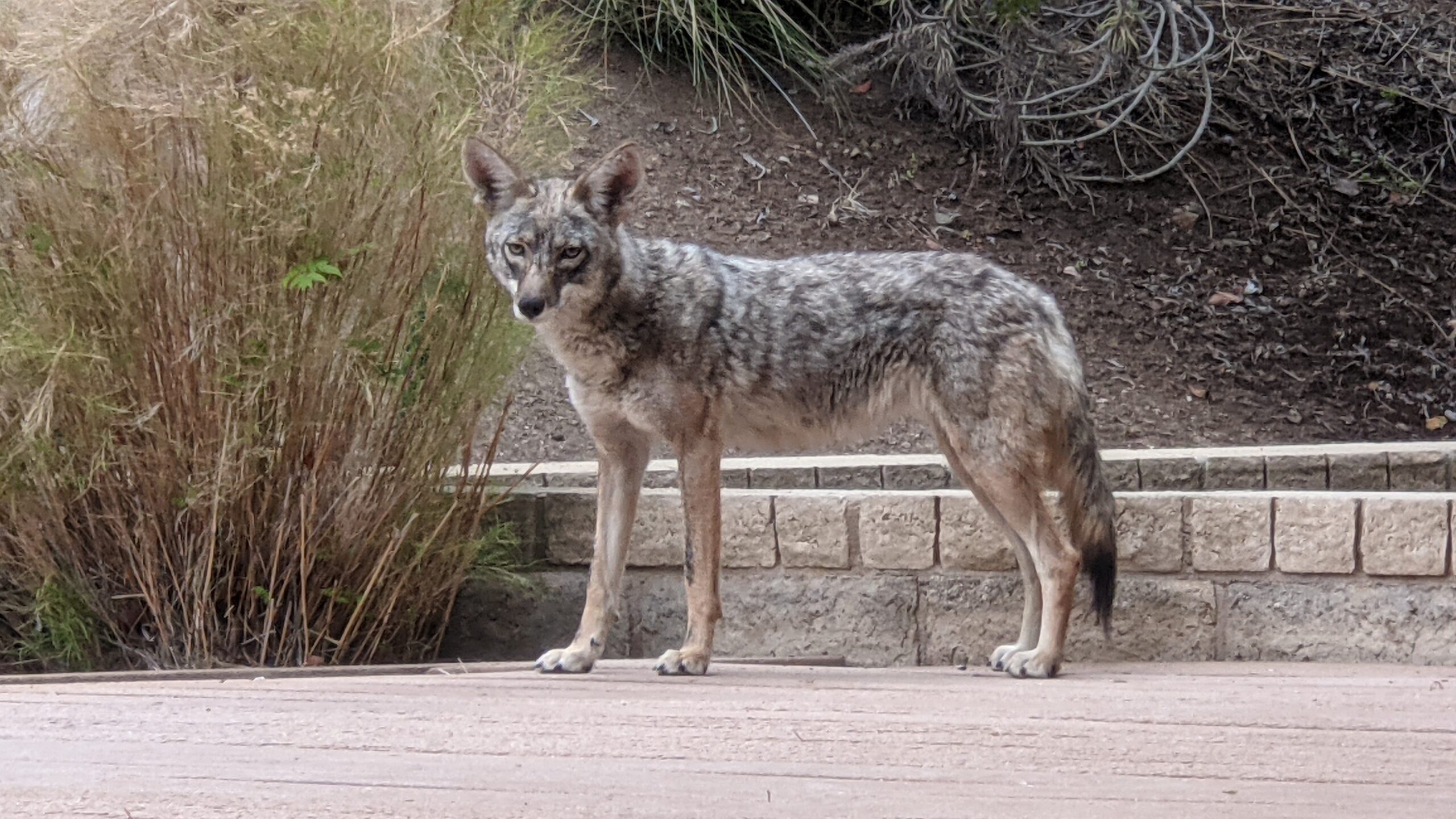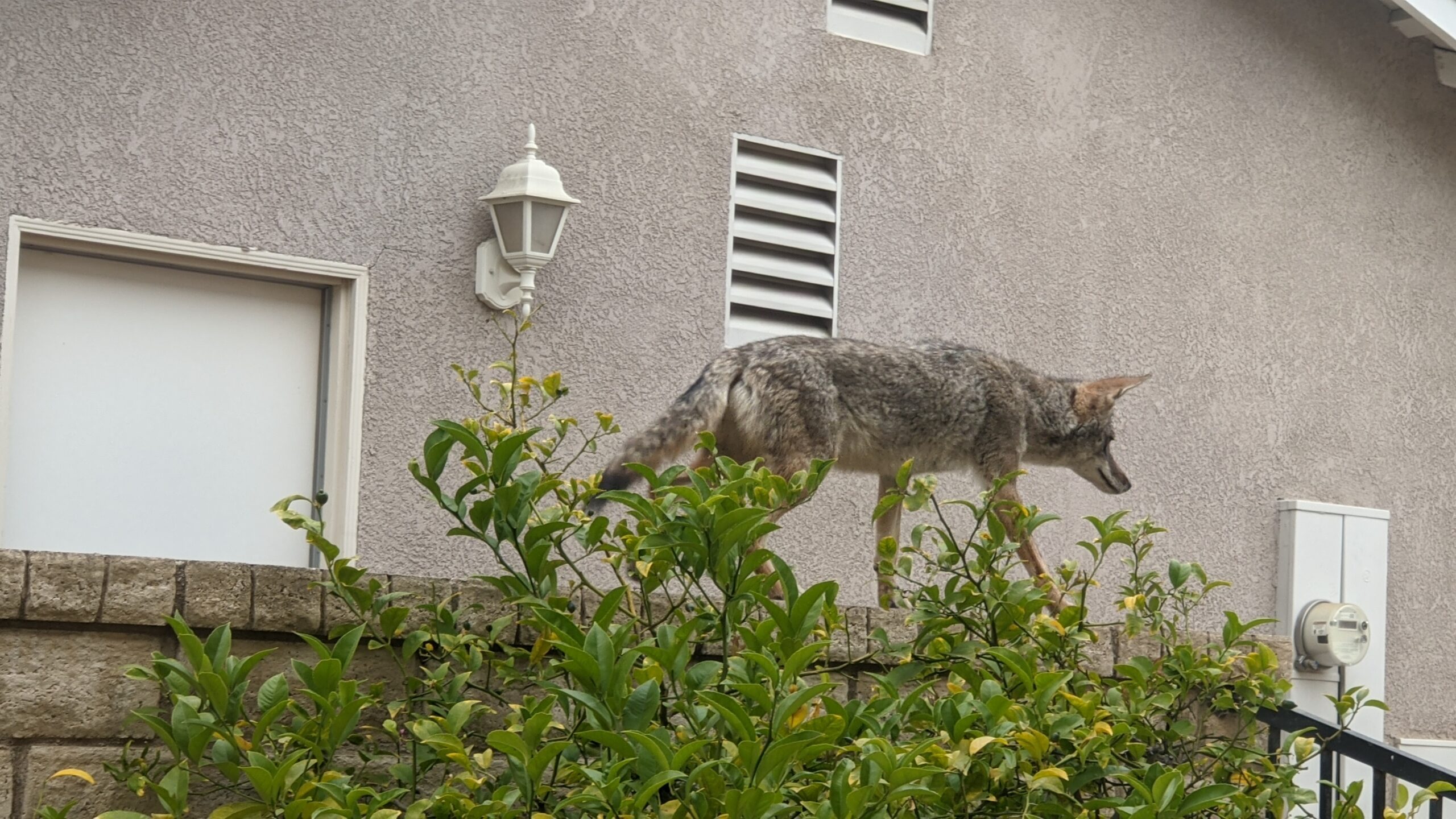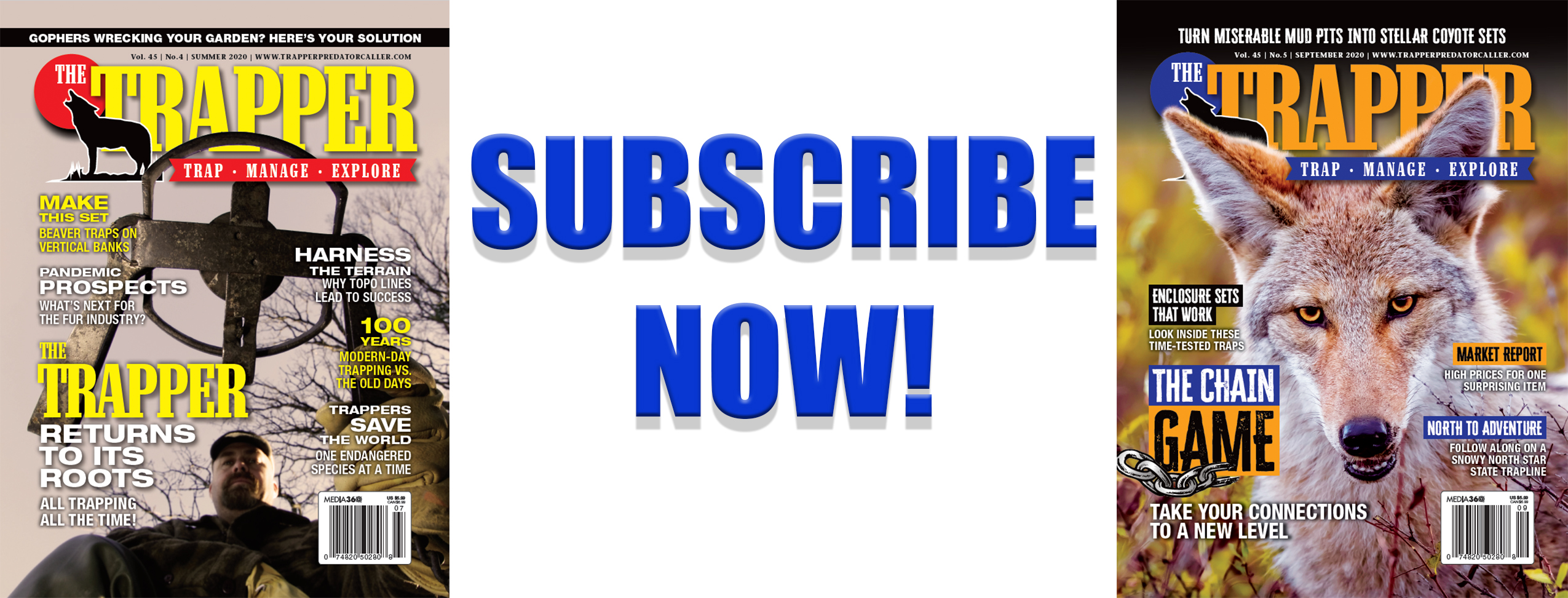A recent coyote attack in a suburban backyard has once again drawn attention to how close these adaptable predators live to our homes — and why trappers remain vital to public safety.
It began like any other afternoon. A family’s home surveillance camera quietly scanned their fenced backyard — until a blur of movement erupted on-screen. Within seconds, a full-grown coyote charged across the lawn, leapt toward a woman, and began biting. The startled housekeeper screamed as the family’s golden retriever darted in, trying to fend off the attacker.
By the time the homeowner raced outside, the coyote had fled back toward the tree line. The woman suffered bite wounds to her arm, leg, and shoulder, while the dog escaped unscathed. Officials later confirmed she would receive post-exposure rabies treatment as a precaution. The coyote has not been captured.
The footage — which spread quickly online — offers a chilling look at how brazenly coyotes can behave in modern settings. The attack took place in a well-kept neighborhood bordering a nature preserve. It could just as easily have been any suburban street across America.
A Predator That’s Learned the Rules — and How to Bend Them
Coyotes have become one of North America’s most successful predators precisely because of their adaptability. Once confined mostly to the plains and deserts, they now thrive from coast to coast — in cornfields, industrial parks, and even downtown alleys.

Coyotes have adapted to live among people — even in quiet neighborhoods.
“They’re incredibly smart, opportunistic animals,” says veteran trapper and wildlife control operator Mark Weller. “Every time we expand a suburb or carve out a walking trail, we’re giving them more edge cover, more food, and fewer reasons to stay afraid.”
That’s exactly what experts suspect happened in this latest coyote attack. The animal becomes accustomed to easy meals — garbage, pet food, or handouts — begins associating human spaces with reward rather than risk. Add a dash of hunger or injury, and a bold predator can turn aggressive in an instant.
What This Means for Trappers
For the trapping community, the coyote attack is a case study in how predator management is evolving. Gone are the days when coyotes were only a ranch or range issue. Suburban trappers now find themselves fielding calls from homeowners who never dreamed they’d need professional help to keep wildlife at bay.
“In most of these cases, the coyote’s behavior has already crossed a line,” says Weller. “When it’s approaching people or pets in daylight, you’re dealing with an animal that’s either sick or has lost all fear. That’s a dangerous combination.”
To that end, trappers can serve not only as control specialists but as educators — helping communities understand what attracts coyotes, how to haze them effectively, and when a removal becomes necessary.

Coyotes are increasingly comfortable in suburban settings, using yards, parks, and fencelines as travel routes.
The Trapper’s Role in preventing coyote attacks
1. Assess Attractants
Before setting a single trap, inspect the property. Overflowing trash cans, pet food, birdseed, or compost piles can all draw coyotes. Cleaning these up can sometimes stop the problem before it starts.
2. Trap Placement Matters
Focus on travel corridors — wooded edges, creek beds, and fencelines connecting preserves to neighborhoods. Use discreet, legal placements away from heavy foot traffic.
3. Read the Signs
A coyote seen repeatedly in daylight, or one that approaches people closely, should be treated as potentially rabid. Use gloves, catch poles, and all recommended PPE.
4. Coordinate With Officials
Contact local or state wildlife agencies before setting on public or semi-public land. In confirmed attack zones, officials often authorize immediate trapping efforts.
5. Educate Residents
Simple hazing — clapping, yelling, air horns, or water hoses — can help re-condition bold coyotes. Encourage residents to reclaim their space.
Suburban Coyote Control — Quick Tips for Homeowners
-
Keep garbage and pet food secured in sealed containers.
-
Supervise pets outdoors, especially at dawn and dusk.
-
Never feed coyotes or leave out “snacks” for wildlife.
-
Trim brush and low cover where coyotes might hide.
-
If confronted, stand tall, shout, and make noise — don’t run.
The Bigger Picture
State wildlife agencies continue to note a steady rise in coyote sightings in urban and suburban environments. These animals are highly adaptable, adjusting their hunting patterns to match human routines.
In New Jersey alone, reports of aggressive or habituated coyotes have climbed steadily over the last decade. The New Jersey Department of Environmental Protection warns that although attacks remain rare, coyotes, “will exhibit boldness when defending a den site or when habituated to humans.”
For trappers, that means the need for community-level awareness and preparedness — especially in regions where dense housing abuts parkland or farmland.
Signs of Possible Rabies in Coyotes
-
Loss of fear of humans
-
Staggering or disorientation
-
Excessive drooling or foam at the mouth
-
Unprovoked aggression
-
Active during midday hours
If any of these behaviors are observed, contact local animal control or wildlife officials immediately.
When Wild Meets Domestic
A coyote attack like this strike a nerve because they blur the line between the natural and the human world. For many trappers, it’s a reminder that their work — often misunderstood or under-appreciated — is vital to maintaining that balance.
“Every time a story like this hits the news, people realize what could happen if we didn’t have trained professionals managing predators,” says Weller. “Trapping isn’t just tradition — it’s public safety.”
As coyotes continue expanding into human spaces, that message rings truer than ever. Vigilant trappers, informed homeowners, and coordinated wildlife management remain the best defense against the next close call — wherever it happens next.
Next Read: Trapping Gear: Mountain Man Coyote Bait

